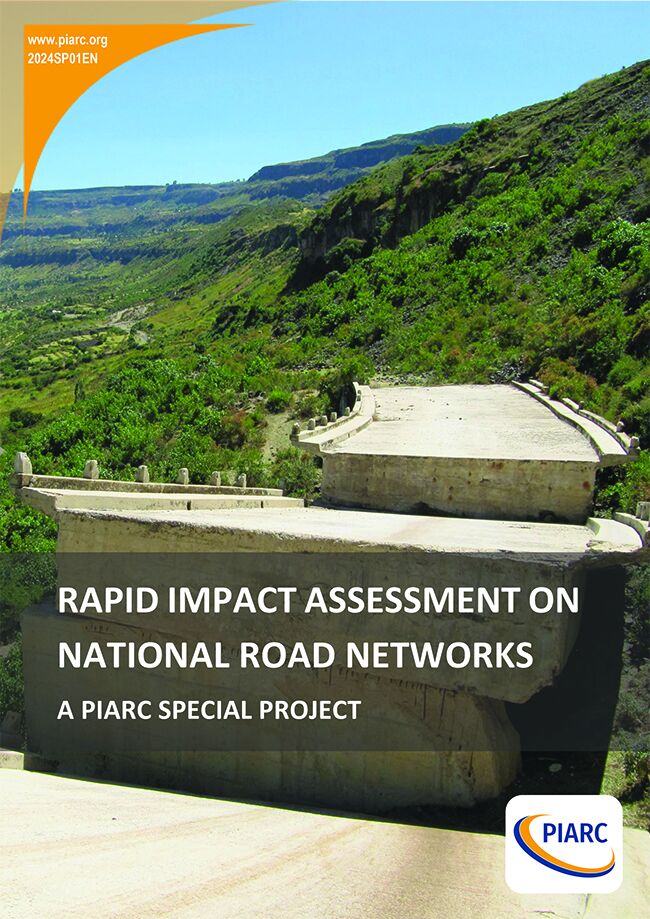Rapid Impact Assessment in the Highway Sector

Most road networks around the world are impacted by natural and man-made hazards. Natural hazards are mostly climate- and geologically-induced, and landslides, debris flows, inland and coastal floods, earthquakes and drifting snow are among the most common. Man-made hazards include collisions and sabotage, for example, while forest fires can be sparked by extreme heat and careless or intentional ignition by the general public. The more severe of these hazards can impact large areas for long durations, posing significant risk to communities, their livelihoods and critical infrastructure. Road networks can suffer major damage during these events. Furthermore, the disruption and loss of service that result can have significant socio-economic impact across a much broader area than the damaged locations, jeopardising relief efforts, cutting off vulnerable communities and creating knock-on effects across the much wider road network. Critical infrastructure, facilities and services are usually reliant on a safe and functioning road network and it is imperative for highway authorities to be able to respond immediately, and in conjunction with other emergency partners.
Rapid Impact Assessment (RIA) is at the heart of a highway authority’s ability to respond rapidly and effectively when hazards occur. RIA ensures optimum damage data gathering and data sharing among emergency responders and critical infrastructure providers in the immediate aftermath of a hazard strike, so that decisions over priority and response can be made quickly and effectively. Without this, highway authorities may tend to work in isolation, may be under- and ill-informed and can make decisions that later prove to be incorrect and potentially harmful to other stakeholders.
RIA requires preparedness, because without this the highway authority and its emergency response partners will have no structures and procedures in place to follow. They will lack the resources (human and physical) required to respond effectively and timely because they will not have learnt from previous disasters and will not have been able to anticipate potential outcomes. Preparedness also requires having a system in place that is emergency-ready, with fixed operating procedures for collecting the required damage data and transmitting it to a central emergency management centre for analysis, impact assessment and prioritisation.
Effective RIA is not the preserve of high-income countries. Low- and -middle income countries have, arguably, far more to gain from its integration into standard operating procedures. This does not require significant investment, bearing in mind that the most important element of RIA is the rapid derivation, sharing and analysis of reliable information and its use in situational awareness and informed decision-making.
Information sheet
- Date: 2025
- Author(s): PIARC
- Domain(s): Risk Management
- Type: 2024SP01EN - PIARC Special Project
- PIARC Ref.: 2024SP01EN
- ISBN: 978-84060-762-2
- Number of pages: 135